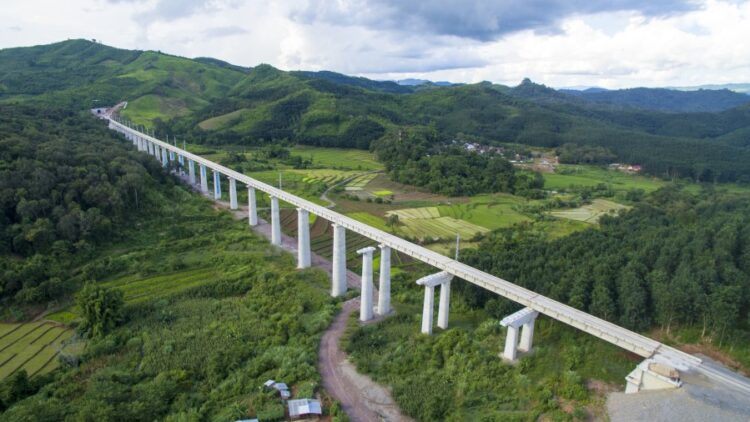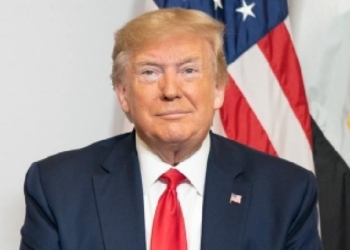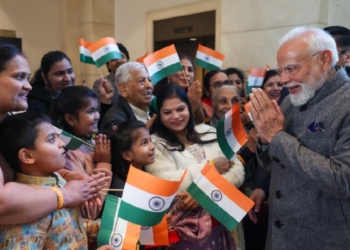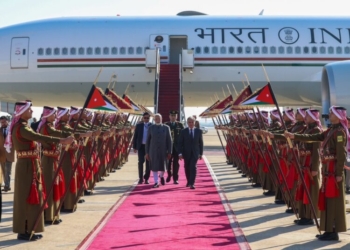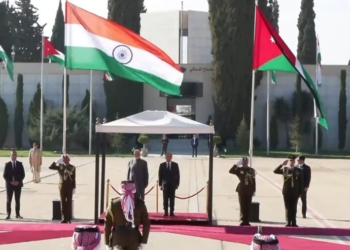New Delhi: Many analysts have characterised Chinese lending through the Belt and Road Initiative (BRI) as “debt trap diplomacy” designed to give China leverage over other countries and even seize their infrastructure and resources.
After Sri Lanka fell behind on payments for its troubled Hambantota port project in 2017, China obtained a 99-year lease on the property as part of a deal to renegotiate the debt, wrote Michael Bennon and Francis Fukuyama in a recent article in Foreign Affairs.
Bennon is a Research Scholar and Manager of the Global Infrastructure Policy Research Initiative at the Center on Democracy, Development, and the Rule of Law at the Freeman Spogli Institute for International Studies at Stanford University.
Fukuyama is Olivier Nomellini Senior Fellow at the Freeman Spogli Institute for International Studies and Director of the Ford Dorsey Master’s in International Policy at Stanford University.
The agreement sparked concerns in Washington and other Western capitals that Beijing’s real aim was to acquire access to strategic facilities throughout the Indian Ocean, the Persian Gulf, and the Americas.
But over the last few years, a different picture of the BRI has emerged. Many Chinese-financed infrastructure projects have failed to earn the returns that analysts expected, the article said.
And because the governments that negotiated these projects often agreed to backstop the loans, they have found themselves burdened with huge debt overhangs — unable to secure financing for future projects or even to service the debt they have already accrued. This is true not just of Sri Lanka but also of Argentina, Kenya, Malaysia, Montenegro, Pakistan, Tanzania, and many others.
The problem for the West was less that China would acquire ports and other strategic properties in developing countries and more that these countries would become dangerously indebted—forced to turn to the International Monetary Fund (IMF) and other Western-backed international financial institutions for help repaying their Chinese loans, the article said.
This year marks the tenth anniversary of Chinese President Xi Jinping’s Belt and Road Initiative, the largest and most ambitious infrastructure development project in human history. China has lent more than $1 trillion to more than 100 countries through the scheme, dwarfing Western spending in the developing world and stoking anxieties about the spread of Beijing’s power and influence, it added.
In many parts of the developing world, China has come to be seen as a rapacious and unbending creditor, not so different from the Western multinational corporations and lenders that sought to collect on bad debts in decades past.
Far from breaking new ground as a predatory lender, in other words, China seems to be following a path well worn by Western investors. In so doing, however, Beijing risks alienating the very countries it set out to woo with the BRI and squandering its economic influence in the developing world, the article said.
It also risks exacerbating an already painful debt crisis in emerging markets that could lead to a “lost decade” of the kind many Latin American countries experienced in the 1980s.
Major Chinese-funded projects have generated disappointing returns or failed to stimulate the kind of broad-based economic growth that policymakers had anticipated, the article said.
Some projects have faced opposition from indigenous communities whose lands and livelihoods have been threatened. Others have damaged the environment or experienced setbacks because of the poor quality of Chinese construction.
These problems come on top of long-standing disputes over China’s preference for using its own workers and subcontractors to build infrastructure, edging out local counterparts, Bennon and Fukuyama said.
The biggest problem by far, however, is debt. In Argentina, Ethiopia, Montenegro, Pakistan, Sri Lanka, Zambia, and elsewhere, costly Chinese projects have pushed debt-to-GDP ratios to unsustainable levels and produced balance-of-payments crises, they added.
In some cases, governments had agreed to cover any revenue shortfalls, making sovereign guarantees that obligated taxpayers to foot the bill for failing projects.
These so-called contingent liabilities were often hidden from citizens and other creditors, obscuring the true levels of debt for which governments were liable. In Montenegro, Sri Lanka, and Zambia, China made such deals with corrupt or authoritarian-leaning governments that then bequeathed the debt to less corrupt and more democratic governments, saddling them with responsibility for getting out of crises.
China is about to celebrate the project’s tenth anniversary with fanfare. It will tout the Belt and Road Initiative (BRI), the scheme’s official name in English, as a gift to the world that has created huge economic benefits.
China claims that 420,000 jobs have been created in BRI countries and 40m people lifted out of poverty thanks to bri-generated growth, The Economist said. America, and many of its allies, see the bri as far less benign: a political tool aimed at stifling foreign criticism of Xi’s iron-fisted rule and providing a leg-up for his country’s firms that has saddled countries with crippling debt, the article said.
Xi Jinping has sold the BRI as a sustainable development program, another of the “public goods” China is presenting to the international community. While the BRI did increase the volume of development financing available to low-income countries, it has hardly been an unmitigated success, Michael Schuman, Jonathan Fulton and Tuvia Gering wrote for Atlantic Council.
Dogged by accusations of mismanagement and corruption, BRI projects have contributed to the emerging world’s debt and financial stress.
A study released in March by research lab AidData, the World Bank, and Harvard’s Kennedy School showed that Chinese lenders had to extend $240 billion in emergency rescue operations to 22 debtor countries by the end of 2021 — a clear indication that many BRI projects were not financially sound or sustainable, the article said.
Pakistan has been among the most prominent participants in the BRI, but that partnership with China has not improved its economic prospects. Chinese lending also contributed to a high-profile debt crisis in Sri Lanka in 2022, Zambia’s sovereign defaulted in 2020, the article said.
(IANS)




